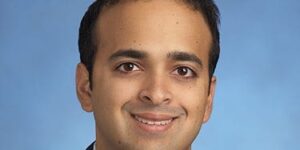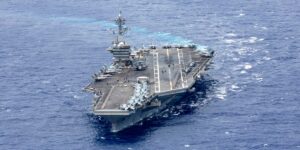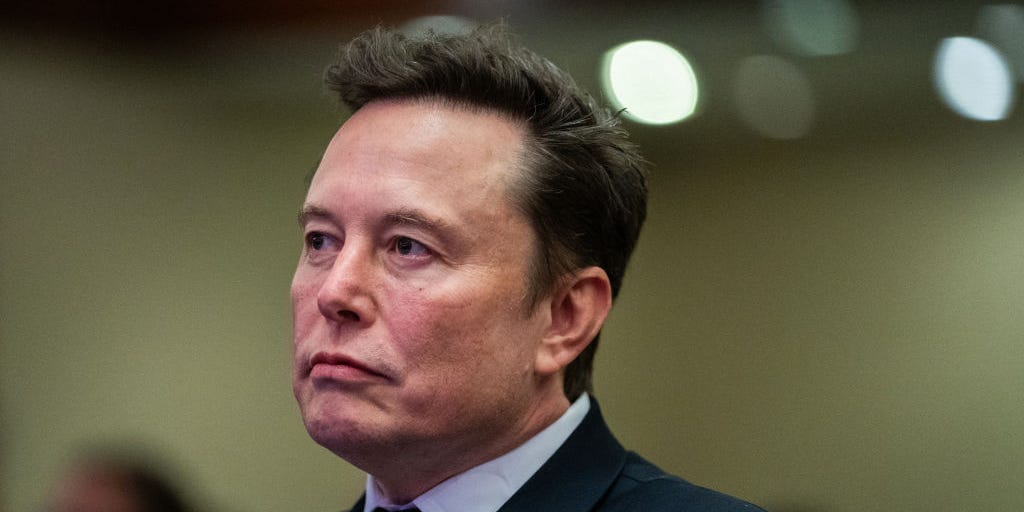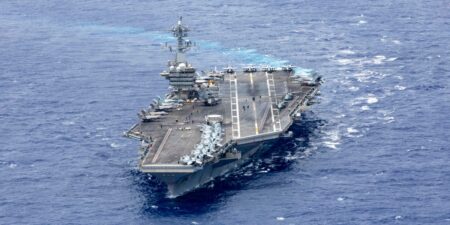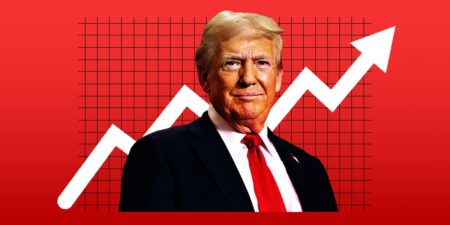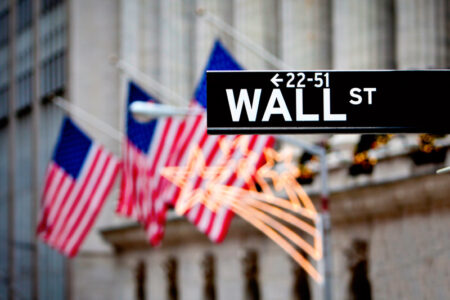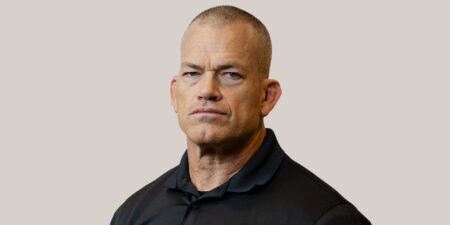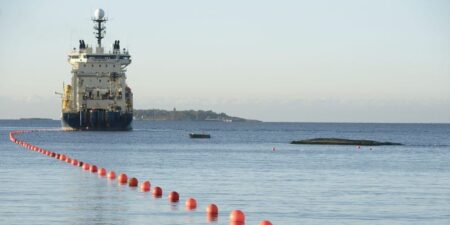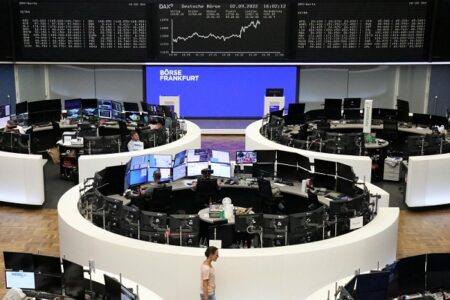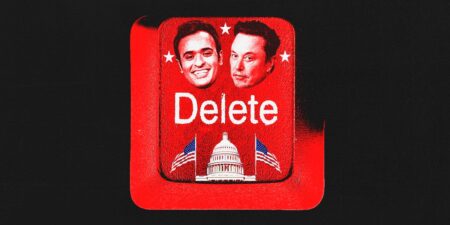- Elon Musk is the CEO of Tesla. He’s also the cofounder of other major companies including SpaceX.
- He was born in South Africa and founded his first startup in the 1990s.
- Musk is a polarizing figure who has incited lawsuits and SEC investigations.
Elon Musk was born on June 28, 1971, in Pretoria, South Africa.
His mother, Maye Musk, is a professional dietitian and model, appearing on boxes of Special K cereal and the cover of Time magazine. In 2022, at the age of 74, she appeared on the cover of Sport Illustrated’s swimsuit edition.
Maye and Musk’s father, Errol, were married for nearly a decade before they divorced. Maye said in her book that she’d wanted to end the marriage earlier, but the Divorce Act, which legalized the termination of a marriage in South Africa, was not enacted until 1979. Musk’s parents divorced the same year the law was passed.
After their parents divorced, nine-year-old Musk and his younger brother Kimbal decided to live with their father. It wasn’t until after the move was made that his notoriously troubled relationship with his dad began to emerge. “It was not a good idea,” Musk once told Rolling Stone.
Education
Musk’s school days weren’t easy — he was once taken to hospital after being beaten up by bullies, as detailed in Ashlee Vance’s book “Elon Musk: Tesla, SpaceX, and the Quest for a Fantastic Future.” Errol Musk told Business Insider the incident occurred after his son made some insensitive comments to a classmate.
The Tesla CEO has said he didn’t always feel he was on the same wavelength as his classmates.
“Social clues were not intuitive,” Musk said in a TED talk. When appearing on “Saturday Night Live” in 2021 he said he has Asperger’s syndrome.
Musk has said he spent much of his childhood reading and coding late into the night — and it paid off. At 17, he took a university-level aptitude test on his computer programming skills. Examiners made him retake the test because they had never seen such a high score, his mother said in a tweet.
After graduating from high school, Musk moved to Canada with his mother, Maye; his sister, Tosca, and his brother, Kimbal, and spent two years studying at Queen’s University in Kingston, Ontario, according to the school.
He later finished his studies at the University of Pennsylvania, earning degrees in physics and economics.
While studying at the University of Pennsylvania, Musk and a classmate rented out a 10-bedroom frat house and turned it into a nightclub. The move, which Musk undertook with Adeo Ressi, was one of his first entrepreneurial experiments, Vogue reported.
After graduation, Musk traveled to California to attend Stanford University but deferred his admission after only two days in California, deciding to test his luck in the dot-com boom that was just getting underway, and never returned to Stanford.
Musk’s college girlfriend Jennifer Gwynne would later auction a set of photos of Musk from his time studying at UPenn.
Late 1990s – 2000: Early career
With brother Kimbal, Musk launched Zip2. A cluster of Silicon Valley investors helped to fund the company, which provided city travel guides to newspapers including The New York Times and Chicago Tribune, per the Rolling Stone interview with Musk.
While Zip2 got off the ground, Musk lived in the office and showered at a local YMCA, he said in a Stanford University video. The hard work paid off when Compaq bought Zip2 in a deal worth $341 million in cash and stock, earning Musk $22 million.
Musk next started X.com, an online banking company. He launched the company in 1999 using $10 million of the money he got from the Zip2 sale, Investopedia reported. About a year later, X.com merged with Confinity, a financial startup cofounded by Peter Thiel, to form PayPal.
Musk was named the CEO of the newly minted PayPal — but it wouldn’t last long. While Musk was en route to Australia for a vacation in late 2000, PayPal’s board fired him and made Thiel the new CEO. “That’s the problem with vacations,” Musk told Fortune years later.
2002-2004: Elon Musk starts SpaceX and invests in Tesla
But things worked out for Musk: he made another windfall when eBay bought PayPal in late 2002. As PayPal’s biggest shareholder, he netted $165 million of the $1.5 billion price eBay paid, Money.com reported.
Even before the PayPal sale, Musk was dreaming up his next move, including a wild plan to send mice or plants to Mars. In early 2002, Musk founded the company that would be known as Space Exploration Technologies, or SpaceX, with $100 million from the PayPal sale. Musk’s goal was to make spaceflight far cheaper.
One early SpaceX vehicle was named after the song “Puff the Magic Dragon.” The name of the spacecraft, the Dragon, was Musk’s jab at skeptics who told him SpaceX launches would never be able to put vehicles into space, Musk later said on Twitter.
SpaceX’s long-term goal is to make colonizing Mars affordable. Musk has said that SpaceX won’t go public until what Musk calls the “Mars Colonial Transporter” is flying regularly.
Musk had also been keeping plenty busy here on Earth, particularly with Tesla Motors. In 2004, Musk made the first of what would be $70 million of total Tesla investments, an electric car company. Tesla’s founders were veteran startup executives Martin Eberhard and Marc Tarpenning.
Musk has said he took an active product role at the carmaker, helping develop its first car, the Tesla Roadster, the Roadster.
The Roadster was built on the chassis of a Lotus Elise — a tiny British sports car that Tesla remade into an electric car with a lithium-ion battery. The all-electric Roadster debuted in 2006 when Musk was serving as Tesla’s chairman.
2008: Elon Musk becomes Tesla CEO
In 2007, Musk staged a boardroom coup at Tesla, first ousting Eberhard from his CEO seat and then from the company’s board and executive suites entirely.
In 2008, with the financial crisis seriously limiting his options, a Tesla bankruptcy was personally halted by Musk. He invested $40 million in Tesla and loaned the company $40 million more. Not coincidentally, he was named CEO the same year.
But between SpaceX, Tesla, and SolarCity, Musk nearly went broke. He described 2008 as “the worst year of my life” in an interview with 60 Minutes. Tesla kept losing money, and SpaceX was having trouble launching its Falcon 1 rocket. By 2009, Musk was living off personal loans just to survive.
Right around Christmas 2008, Musk got two pieces of good news: SpaceX had landed a $1.5 billion contract with NASA to deliver supplies into space, and Tesla finally found more outside investors.
Musk’s career was starting to get noticed in other circles, too, most notably in Hollywood. Robert Downey Jr.’s portrayal of Tony Stark in the “Iron Man” movies is at least partially based on Musk, director Jon Favreau said on the “Recode Decode” podcast. Musk even had a cameo in “Iron Man 2.”
2015: OpenAI
In late 2015, Musk also cofounded OpenAI, a nonprofit dedicated to researching artificial intelligence and ensuring it doesn’t destroy humanity.
He later announced that he would step down from the board to avoid any potential conflicts of interest with Tesla, which has made strides into artificial intelligence for its self-driving car technology.
The billionaire has since spoken out against the company on multiple occasions and is even attempting to launch his own competitor, which he jokingly dubbed “Truth GPT” after the success of OpenAI’s ChatGPT.
By the end of 2015, 24 SpaceX launches had been made on assignments like resupplying the International Space Station, setting some records along the way.
That year, Tesla also released its first version of Autopilot, a driver-assist feature for its EVs. Musk later went on to release an enhanced version of Autopilot called Full Self-Driving beta several years later.
He has since said that Tesla FSD is the difference between being “worth a lot of money or worth basically zero.” However, Autopilot has generated its fair share of lawsuits, as well as investigations from the National Highway Traffic Safety Administration over the years.
2016: SolarCity and The Boring Company
In late 2016, Tesla bought SolarCity in a $2.6 billion deal. That same year some Tesla shareholders filed a lawsuit accusing Musk of putting pressure on Tesla’s board members to buy SolarCity and bail it out. Musk later won the lawsuit in 2022.
In 2016, he also started The Boring Company, which has a mission to dig a network of tunnels under and around cities for high-speed, no-traffic driving.
Boring’s first tunnel network for commercial use, located in Las Vegas, opened in April 2021.
2017: Neuralink
Musk founded another company: Neuralink, in 2017, which is trying to build devices that can be implanted inside the human brain. The billionaire has described the device as a “Fitbit in your skull” and has said it will allow people to perform tasks using only their minds. The company has experimented with putting the device in pigs and monkeys and won approval from the US Food and Drug Administration to begin human trials in 2023.
In 2017, Musk also joined President Trump’s business advisory council — a move that caused a huge public backlash. He initially defended the move but then quit after Trump pulled the US out of the Paris Agreement on climate change. Musk said he tried to convince Trump not to withdraw.
2018: Tesla Roadster in space
The Falcon Heavy, the successor to the Falcon 9 and the most powerful rocket SpaceX has built to date, completed a successful maiden launch in February 2018. The Falcon Heavy carried a unique payload: a dummy dubbed “Starman,” and Musk’s personal cherry red Tesla Roadster, which were launched toward Martian orbit.
“We really wanted to get the public here to wonder, to get excited about the possibility of something new happening in space — of the space frontier getting pushed forward,” Musk told an audience at the 2018 South by Southwest conference. “The goal of this was to inspire you and make you believe again, just as people believed in the Apollo era, that anything is possible.”
SEC subpoenas Tesla
Musk ran into some trouble in 2018 when he sent a tweet declaring he was considering taking Tesla private at $420 per share and had already secured funding. Just a few days later, the SEC sent Tesla subpoenas about the company’s plans to go private and Musk’s comments.
By September, the SEC had formally filed a lawsuit against Musk, accusing him of making “false and misleading statements.” Musk settled with the SEC, which resulted in both him and Tesla paying a $20 million fine and Musk stepping down as chairman of Tesla’s board. Additionally, Tesla was required to appoint a committee to oversee Musk’s communications.
One month later, Musk won a victory in court when a jury ruled he was not guilty of defaming the British diver Vernon Unsworth. Unsworth had filed a defamation lawsuit in 2018 after Musk called him a “pedo guy” on Twitter.
2021: Musk becomes richest person in the world
Musk’s net worth has soared in recent years. The Tesla CEO became the richest man in the world in 2021 when his fortune surpassed $200 billion, passing Amazon founder Jeff Bezos’ net worth.
Musk said he commemorated the occasion by sending Bezos, his longtime rival, a silver medal. Musk’s status as the richest man in the world was eclipsed by LVMH owner Bernard Arnault in 2023. Since, he has remained near the top of the list of wealthiest people in the world.
He also won Time’s Person of the Year award in 2021.
2022: The ‘Technoking’ sets his sights on Twitter
In 2022, Musk started buying up shares of Twitter and later turned down an offer to join the board in favor of buying Twitter outright for $44 billion.
Musk, who has become one of the most-followed accounts on the social media site, attempted to backtrack on his offer to buy Twitter in July. Twitter sued Musk to force him to go through with the deal.
After months of back and forth leading up to a trial in the Delaware Court of Chancery, Musk agreed to buy the company in October. The same day he took over Twitter, he ousted several key executives including then-Twitter CEO Parag Agrawal. Musk proceeded to slash the workforce in the chaotic months following the acquisition.
He brought in a new CEO for Twitter in May 2023 after the billionaire said Twitter was no longer “in the fast lane to bankruptcy,” and rebranded the site as X two months later.
The billionaire has also expressed interest in launching his own AI venture. In April 2023, Musk said he was creating an AI startup to build a ChatGPT rival.
From Cybertruck to Cybercab
In late 2023, Musk unveiled Tesla’s newest and most futuristic vehicle yet.
The Cybertruck’s science fiction-inspired design has been divisive, but the electric pickup has proven to be a hit, outselling nearly every other EV in the US in the third quarter of 2024.
While Cybertrucks were rolling off the production line, Musk was busy remaking Tesla.
He announced a new round of Tesla layoffs in a late-night memo in April 2024, with the company cutting over 10% of its global workforce. Weeks later, Musk also dissolved the team in charge of the Tesla Supercharger network.
Since then, Musk has been increasingly focused on Tesla’s autonomous vehicle operations.
He has touted the company’s Optimus humanoid robot as Tesla’s most important product, and unveiled the Cybercab, a robotaxi with no steering wheel, at a glitzy Hollywood event in October 2024.
2024: Robots, rockets, and politics
After launching the Falcon Heavy in 2018, SpaceX has been working on an even larger project: the 164-foot (50-meter)-tall Starship.
The rocket company has been carrying out test flights of the spacecraft, which it says can carry more than 100 tons into orbit, since 2023.
In October 2024, SpaceX successfully caught Starship’s returning Falcon Heavy booster stage in the chopstick-like arms of the “Mechazilla” tower, a crucial step towards making the rocket fully reusable.
Musk has said that SpaceX will send multiple uncrewed Starships to Mars in two years time, with crewed journeys potentially following before the end of the decade. Starship is also set to play a key role in NASA’s Artemis missions, which will return humanity to the moon for the first time in decades.
Back on Earth, Musk has become a key power player in US politics. The billionaire backed Donald Trump in the 2024 US presidential election, spending more than $130 million to support the former president’s campaign and even appearing at his rallies.
Musk is now set to play a prominent role in the new administration, with Trump putting him and fellow billionaire Vivek Ramaswamy at the helm of a new “Department of Government Efficiency.”
Katie Canales, Matt Weinberger, Mary Meisenzahl and Samantha Delouya contributed to an earlier version of this story.
Read the full article here


